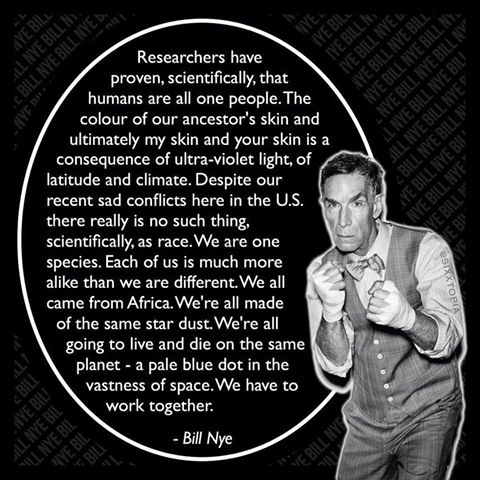
One double-page spread in the book presented an idea that intrigued my son. It asked, "did you know that the story of the cyclops was probably started by an elephant skull?"

So, how would an ancient Greek stumble across an elephant skull? Perhaps it wasn't an elephant at all, but a mammoth. Believe it or not, there were mammoths in the region, even on the islands. It may be possible that many Greek myths originated from an attempt to explain these fossils.

If a mammoth, or at least its skull, could become a cyclops, what other monsters from myths and legends had actually begun as real creatures?
This was a big question, and one I mused on for over a decade before the ideas fell into place and became the basis for Last Song of the Swan.





